Burdock /Arctium lappa/ is a biennial herb with erect, rough and highly branched at the bottom stem that reaches a height of 2 meters. Burdock root is thick and fusiform, white on the inside and outside of the gray-brown. The burdock leaves are large, irregularly serrated egg-shaped, green at the top and light gray on the bottom with numerous hairs.
The top leaves are consistent, smaller and greener. The flowers of the plant are reddish-purple, rarely white. Fruits are slightly flattened in a flight seed. Burdock grows in fields and foothill areas around forests, thickets, wet and marshy places.
Burdock is popular with its curved hooks that are easy to stick to clothing. In fact the Latin name of burdock, Lappa means "to seize". In the 17th century, Culpeper stated that the herb is a traditional remedy for gout, kidney stones and fever.
Burdock has been known by Shakespeare, who mentions it several times in his plays. Native Americans used the plant for food, even prepared candy from it. Medicinally, burdock was used by the Cherokee people for treating rheumatism.
Composition of Burdock
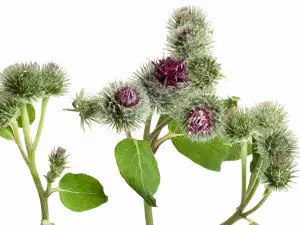
Burdock contains inulin, proteins, polysaccharides, organic acids, bitter, mucus, and resin tanning agents, fitosterin, tannins, oils, glycosides, salts of calcium and magnesium, flavonoids, saponins, a large amount of iron, ascorbic acid. burdock seeds contain basic fatty acids, vitamins A and B2. The root contains chemicals called polyacetylenes having anti- inflammatory and antifungal properties.
Collection and storage of burdock
The roots of burdock are removed in early spring or in autumn. Wash under running water, cut into pieces and dried in the shade. Properly dried roots are brittle and break easily, are dark brown on the outside, but their core is gray-yellow with a bitter taste but no smell. Dried burdock must be stored in a well- ventilated room.
Benefits of Burdock
Burdock root has many health benefits. This is a herb that is known for its medicinal properties for centuries. In traditional Chinese medicine, it is used to treat many diseases.
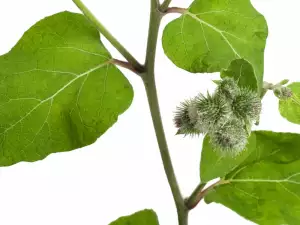
The leaves are usually not as effective as the root, but both may be used in an identical manner. Burdock leaves are particularly effective for stomach problems and poor digestion, they also stimulate appetite. The root is used as a vegetable in Japan, but also is considered the most important part of the herb.
Used as a cleanser for the removal of toxins from the body, skin problems, arthritic pain. In China, burdock seeds are used for treating pleurisy and colds, which occurs with a dry cough and sore throat. In India and Russia, it is a popular herb for treating cancer.
The most common version of burdock stimulates metabolism, diuretic and diaphoretic action, regulates blood pressure and sugar; destroy toxins in the blood helps hemorrhoids, acne, hair loss, swollen lymph nodes, varicose veins, liver disease, stimulates the secretion of bile, removes sand and stones in the kidney and bladder, which is used in the treatment of dermatitis, eczema, seborrhea, helps in liver diseases. It is believed that there burdock has anti- tumor action in liver diseases.
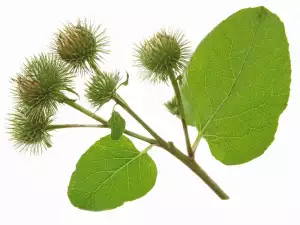
Oil of burdock is an excellent way to nourish the lashes and nails. It is also an indispensable tool in hair care. It increases capillary circulation and restores the metabolism of the scalp while strengthening and nourishes the hair roots. Use oil of burdock in the root of your hair, to nourish damaged hair, in the case of hair loss and dandruff, to restore the luster of the hair.
Traditional medicine with burdock
To make a brew, you need dried roots of burdock. 2 tsp crushed dried roots are covered with 400 ml of boiling water, boiled for 5-6 minutes and allowed to stand for six hours, then strained. Drink 100 ml of the infusion, 3 times daily before meals.
Extract of the seeds of burdock is made with 1 cup lightly crushed seeds, which are covered with 400 ml of cold water and left overnight. In the morning, the extract is filtered and drink 100 ml, 3 times daily before meals.
Dangers of Burdock
Burdock should not be used by nursing mothers and pregnant women. Not recommended for diarrhea. Upon contact with the skin, it can cause irritation and redness. It is recommended to be administered under medical supervision.
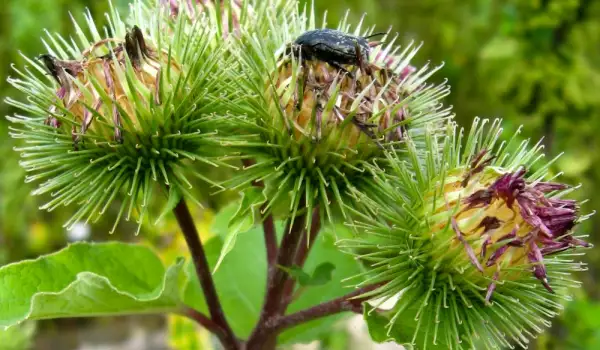
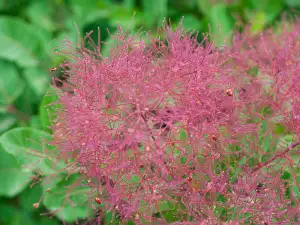


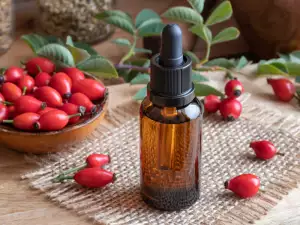

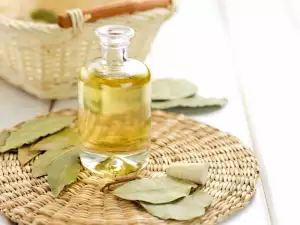

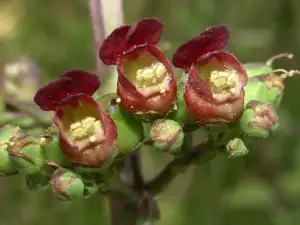
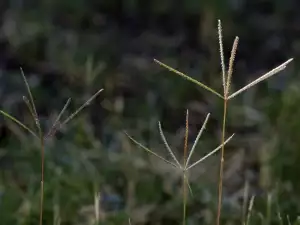
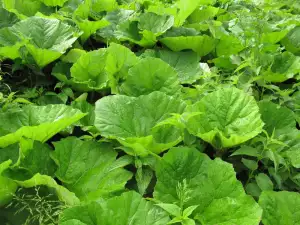
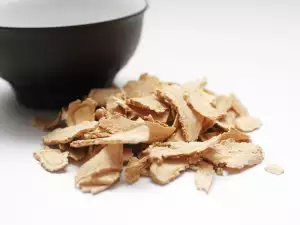
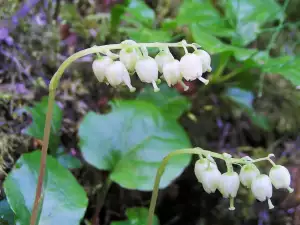


Comments